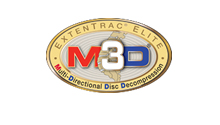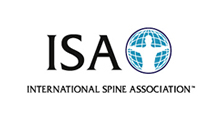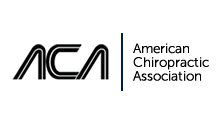
Spine Disorders
|
WHEN TO SEE A SPINE
SPECIALIST You should
seek the advice of a spine specialist if neck or back pain persists for more
than two weeks or if it is progressive in intensity and/or distribution. You
should seek immediate healthcare attention if neck or back pain occurs as the
result of an injury or if it is associated with serious illness and/or a high
fever. Additional signs and symptoms which warrant prompt medical attention
include:
Back pain
associated with bending the head or lifting the legs suggests the possibility
of neural compression or of dural adhesions and should be assessed. SCREENING AND DIAGNOSIS It is not
nessecary to screen for arachnoiditis. The diagnosis is primarily based upon
advanced imaging findings with CT and/or MRI. Adhesive arachnoiditis is
characterized by clumping of nerve roots in the spinal canal. This occurs
secondary to the formation of scar tissue (adhesions) between the arachnoid
membranes of adjacent spinal nerve roots. This is best identified on MRI
studies. There may be associated intraspinal cysts and locuations. The clumping
of nerve roots in the lumbar spinal canal is sometimes referred to as an empty
thecal sac sign. The spinal canal appears devoid of the usual number of spinal
nerve roots because they are adhered one another and often located in an
eccentric location within the spinal canal making it appear as if there are no
spinal nerves in the canal. Severe lumbar arachnoiditis can be associated with
a ball of scar tissue and nerves roots bound together creating the appearance
of a mass in the central spinal canal. Conditions
which may present with similar features include:
PROGNOSIS The
prognosis of symptomatic adhesive arachnoiditis is usually not good without
therapeutic intervention. The condition is often associated with chronic pain. Treatment
is usually focused on pain management. The rate of success using a spinal cord
stimulator ranges from 30-70%. There is usually a better immediate response
with the success rate of long term use dropping to as little at 30%. Surgery
may be recommended to physically help break up adhesions which are felt to be
contributing to signs or symptoms. The prognosis with surgical microlysis of
adhesions is fair with an approximate 50% success rate. COMPLICATIONS The complications
of arachnoiditis usually involve the development of neurological problems
involving one or more nerve roots. |
















